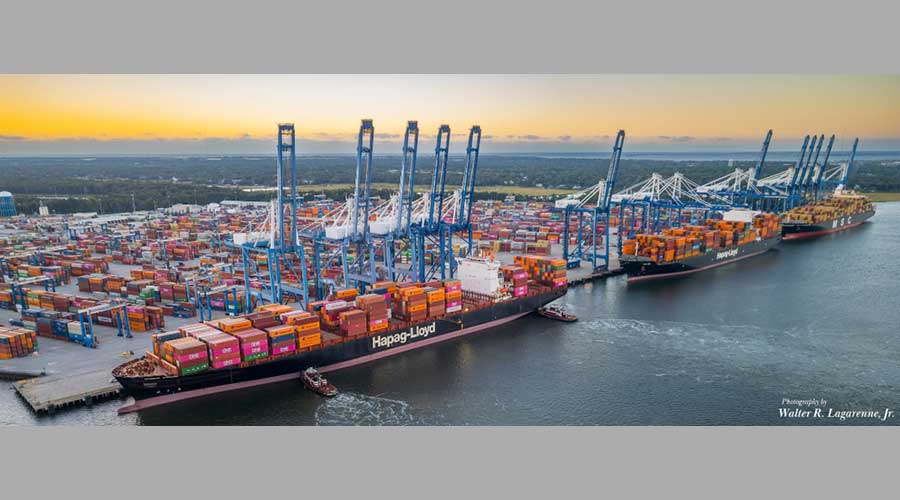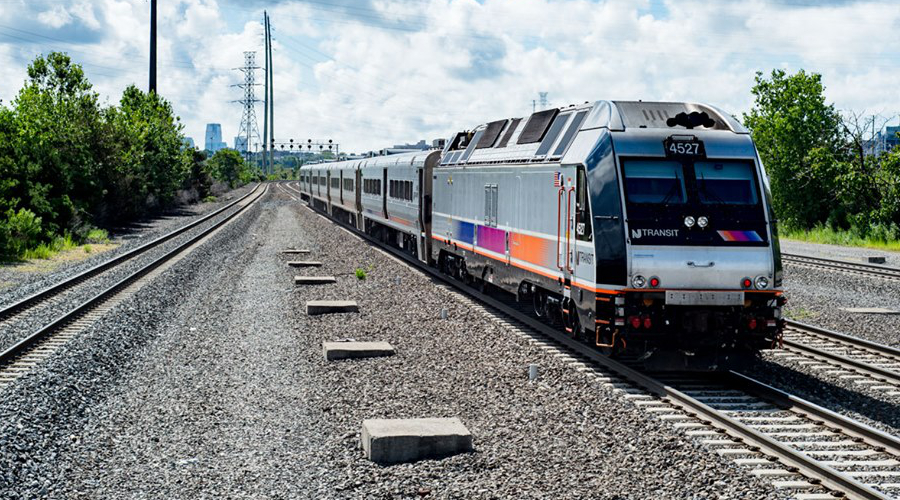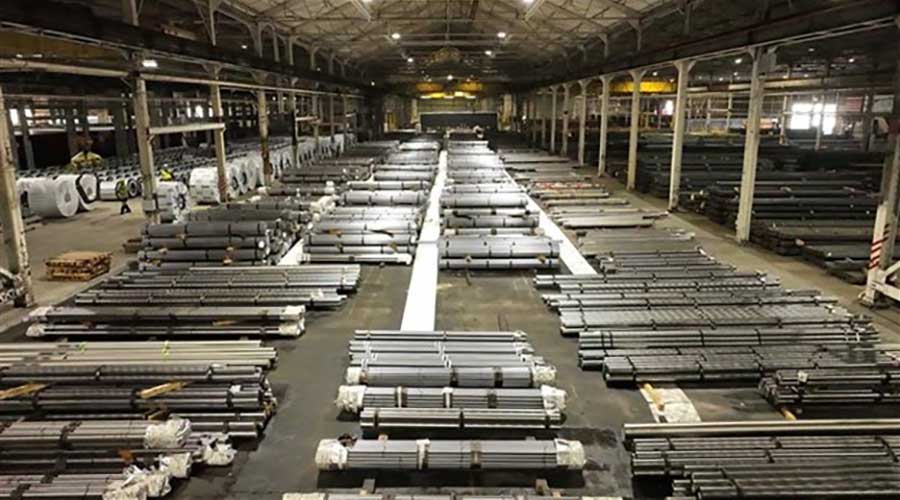Stay updated on news, articles and information for the rail industry
8/8/2014
Rail News: Norfolk Southern Railway
NS sponsors crude-by-rail emergency response course, notes environmental stewardship efforts
First responders from nine states recently attended a Norfolk Southern Corp.-sponsored crude-by-rail emergency response class at the Association of American Railroads' Security and Emergency Response Training Center in Pueblo, Colo.
Forty responders from Alabama, Delaware, Indiana, Maryland, New Jersey, New York, Ohio, Pennsylvania and Virginia participated in the three-day course at the Transportation Technology Center Inc. Participants learned about crude-oil response precautions and the different kinds of crude oil and tank cars, and practiced specialized firefighting techniques during a mock 20-car derailment and fire.
The event marked the latest in the railroad's ongoing efforts to facilitate rail-focused training for local emergency personnel across its system, NS officials said in a press release. The training also is part of the freight-rail industry’s commitment to provide specialized crude-by-rail training and tuition assistance to 1,500 first responders in 2014.
NS will cover tuition, travel and expenses for 126 first responders to attend the course this year at no cost. Additional NS classes will be held in October and November.
"NS is committed to enhancing safety, which includes not only sound train operations, but also preparing for emergency situations," said David Julian, NS' vice president of safety and environmental. "Pre-planning and training for first responders is essential to help them perform their duties when the need arises."
In 2013, NS safety and environmental teams trained more than 4,800 state and local emergency responders at 108 locations. Since 2000, the Class I has provided classroom and hands-on training to 62,000 first responders.
Meanwhile, NS noted its efforts over the past year to reduce greenhouse-gas (GHG) emissions and improve operating efficiencies in its recently submitted public disclosure to the CDP.
The seventh annual report describes technological investments and network improvements that helped reduce the railroad’s carbon footprint, save fuel and expand capacity. In addition, the disclosure charts progress on NS' five-year goal to reduce GHG emissions intensity by 10 percent per revenue ton-mile; the Class I has reached nearly 79 percent of the goal with one year remaining, NS officials said.
Among the strategic initiatives aimed at reducing GHG emissions. NS over the past year:
• expanded its LEADER train-handling initiative, which in 2013 saved an estimated 10 million gallons of diesel and reduced locomotive emissions by an estimated 110,500 metric tons;
• purchased new, more fuel-efficient locomotives and upgraded older locomotives with reconditioned engines designed to boost fuel economy;
• explored locomotive fuel alternatives, including battery power and natural gas;
• completed network improvements to increase capacity and help ease highway congestion; and
• improved building operating efficiencies by installing more energy-efficient lights and HVAC systems.


 2025 MOW Spending Report: Passenger-rail programs
2025 MOW Spending Report: Passenger-rail programs
 Gardner steps down as Amtrak CEO
Gardner steps down as Amtrak CEO
 Guest comment: Oliver Wyman’s David Hunt
Guest comment: Oliver Wyman’s David Hunt
 Women of Influence in Rail eBook
Women of Influence in Rail eBook
 railPrime
railPrime







